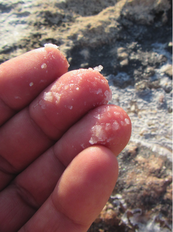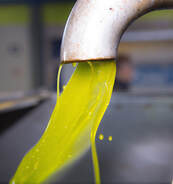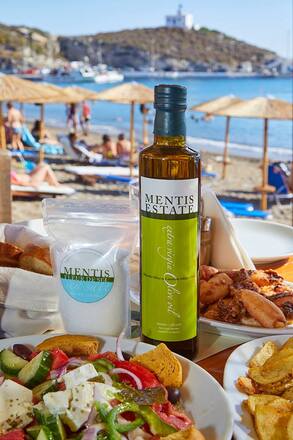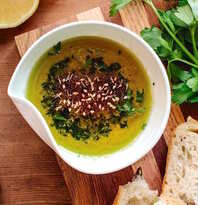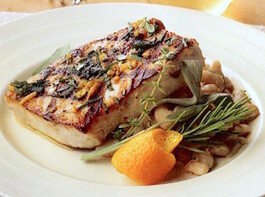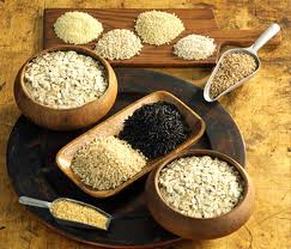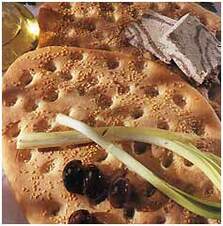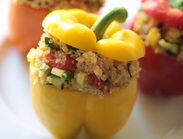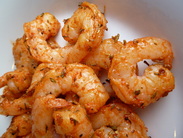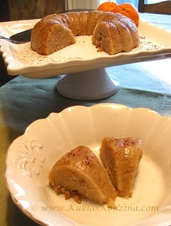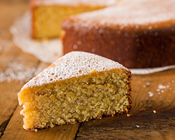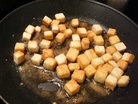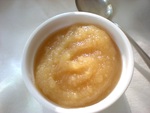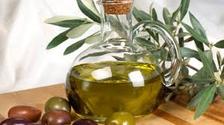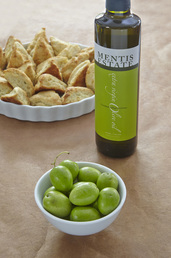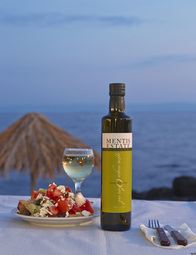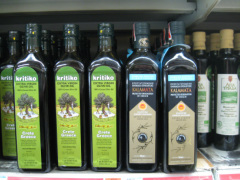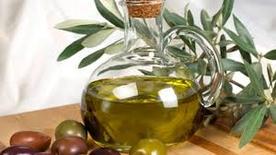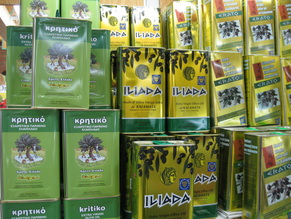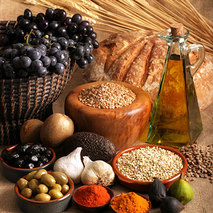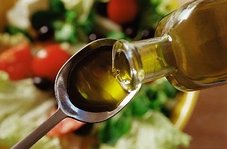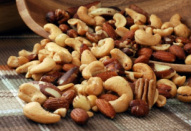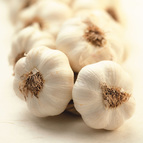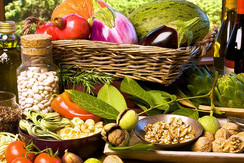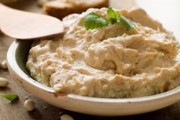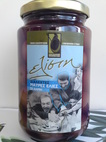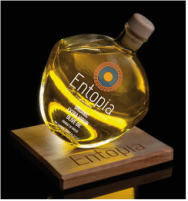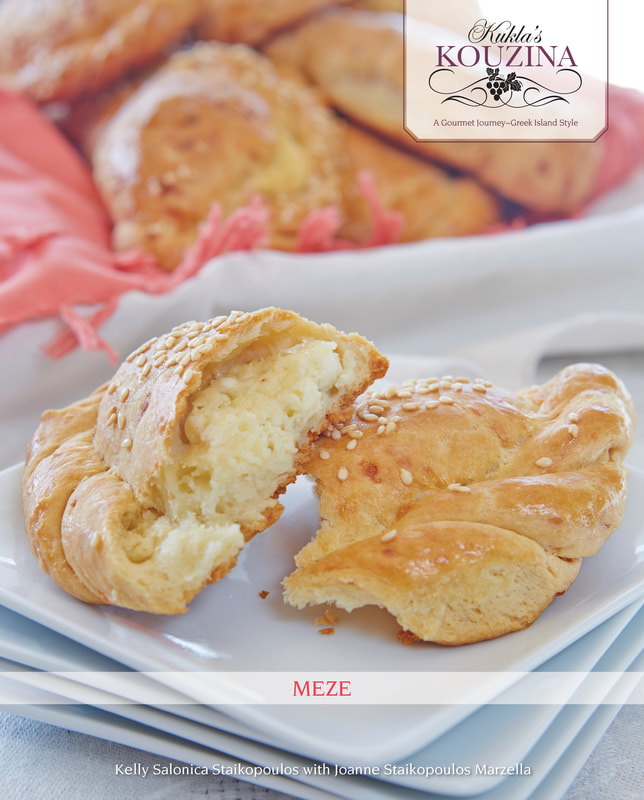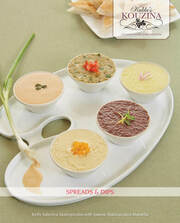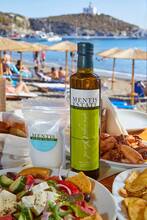
Products: Mentis Estate’s premium Extra-Virgin Athenolia Olive Oil and Fleur de Sel sea salt from Laconia, Greece—both of which elevate any dining experience to five-star perfection.
Extra-Virgin Olive Oil: A pure, unblended olive oil harvested from just one olive variety, the renowned Athenolia, with an acidity of less than 0.5%. Well-balanced aromatic characteristics described as pine, floral, nutty, fruity, buttery, and pungent, with a hint of artichoke. Use as luscious dipping oil, drizzle over a salad, or as a finishing touch to heighten the flavor of any dish.
Fleur de Sel (“flower of salt”): Mentis premium, medium-grain Fleur de Sel is 100% hand-harvested using artisanal methods to produce the finest quality sea salt with its full compliment of minerals and the delicate taste of the Mediterranean Sea. Its nuanced and delicate flavor with a flakey, subtle crunch sets this above regular sea salt. It’s also excellent as a finishing condiment over salads, vegetables, and any type of meat or fish. And, yes, it beautifully finishes a dessert (especially chocolate). Locally harvested salt is a unique way to experience the rare and complex flavor of a region and the essence of a country.
For more about Mentis Estate, see our Olive Oil: Branch to Bottle blog.
SHOP
Mentis Estate products are available in gourmet shops and online.
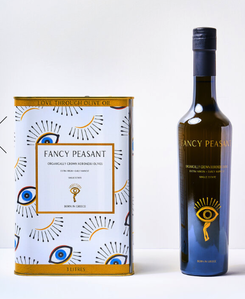
Products: Extra-Virgin Olive Oil from Lechaina, West Peloponnese, Greek Mountain Oregano Salt
Extra-Virgin Olive Oil: This olive oil is made from 100% Koroneiki olives from Fancy Peasant’s olive groves near the Ionian Sea in Lechaina, West Peloponnese. The olives are grown at a specific height above sea level, providing a unique microclimate for premium quality extra-virgin olive oil that has a vivid green color and strong aroma. This Koroneiki Greek varietal, known as the “queen of olives,” is named after the nearby region Koroni. Fancy Peasant uses organic farming methods, harvesting early in the season when the olives are young and green. All olives are handpicked to ensure each olive used is in its ideal life cycle, with the oil extracted same day. The result is 100% extra-virgin olive oil filled with antioxidants that add healthy flavor to food.
Greek Mountain Oregano Salt: This flavorful blend of Greek mountain oregano, orange peel, lemon peel, crushed chili pepper, parsley, Mediterranean sea salt, and black pepper makes it the perfect companion to Fancy Peasant’s olive oil—serve as a dipping oil or to flavor meat, fish, or vegetables.
SHOP
Olive oil, oregano-salt, and more
RECIPES

Products: This Greek brand’s fabulous products are now available in the U.S., led by their Award-winning extra-virgin olive oil and Greek honeys (Chios mastic, thyme).
Extra-Virgin Olive Oil PGI Olympia: 776 Greek Extra-Virgin Olive Oil is produced from select family-owned mature olive groves in the Protected Geographical Indication (PGI) appellation of greater Olympia. The product of two olive varietals specific to Olympia, Koroneiki 90% and Kolireiki 10%, it’s blended to create a beautifully balanced taste.
Carefully harvested by hand from November through January, the olives are then cold-pressed the same day to extract the best quality olive oil leaving the aromas and flavor unaltered.
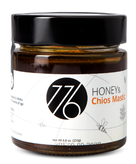
Thyme Honey: Amber colored with a distinctive taste and aroma, this honey comes from the island of Crete. The large percentage of thyme it contains makes it particularly fragrant with unique characteristics.
SHOP
776 products
Shopping-location info
RECIPES
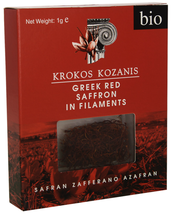
Products: Greek Red Saffron in a variety of sizes and gift sets
The only saffron-cultivated area in Greece is the region of Kozani, in some villages of which there has been systematic cultivation for many years. Following the threat of saffron’s complete disappearance during the early postwar years (1941-1950), it now covers about 500 acres—250 of which is land used for organic cultivation—distributed throughout the land areas of Kozani. In recent years, the annual production was around 3,000 to 4,000kg of red saffron. Add this treasured Greek saffron to your own dishes and make them shine!
SHOP
Krokos Kozanis Greek Red Saffron on Amazon
RECIPES

Products: Spices, herbs, sugars, seasonings, rubs, gift sets, and so much more, including our faves, Mediterranean/Italian Collection and Pizza Dust
The company’s huge variety of inspiring products is unsurpassed, especially their international seasoning collections, including our favorite Mediterranean/Italian Collection of Southern European flavors: Mediterranean Citrus Greek Seasoning, Spicy Italian Sun-Dried Tomato, Spicy Sicilian Seasoning, and Salt-Free Italian Seasoning. Each bottle adds the ideal Mediterranean stamp on meatballs, pasta, pizza, bread-dipping oil, and more with just a shake (instead of measuring out numerous ingredients).
Also fabulous is their Taste of America Collection (Key West Seafood, Everything and More, Nashville Hot Chicken, Chicago Chop Seasoning) and Grilling Collection (Bad to the Bone, Smoky Pecan Seasoning, Sweet Rib Rub, Ancho Chili & Coffee Rub).
Also try their standout Pizza Dust (from their new Ceramic Grinder collection) to pizza-inspire just about every dish: grind over scrambled eggs, French fries, rice, and garlic bread, or season proteins before roasting or grilling.
SHOP
Mediterranean/Italian Collection
Taste of America Collection
Grilling Collection
Pizza Dust
RECIPES
Greek/Mediterranean markets carry some of these products but if yours doesn’t, ask them if they can order them for you. Feel free to contact the companies through their websites for shopping info in your area. Some items are available online (Google it). Mediterranean Foods and Titan Foods carry all things Greek and ship nationwide (call them if you don’t see what you want on their websites).
Enjoy tasting and cooking with these new and trending foods! If you missed last week’s installment, here’s the link: Trending Edibles: Meze.
Sign up for our e-newsletter (if you haven’t already) and stay connected on social media for cooking tips and recipes, as well as for all Kukla's Kouzina updates and news.
Thanks for following us and we’ll see you next Monday when we’ll explore what’s trending in beverages and desserts!
Until then~
Kali orexi! Good appetite!
Kelly
Web design by Kelly Salonica Staikopoulos

